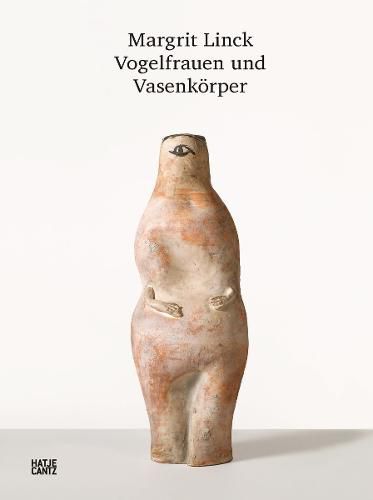Readings Newsletter
Become a Readings Member to make your shopping experience even easier.
Sign in or sign up for free!
You’re not far away from qualifying for FREE standard shipping within Australia
You’ve qualified for FREE standard shipping within Australia
The cart is loading…






Margrit Linck is one of the twentieth century’s most prominent ceramics artists. Over the course of her five-decade-long career, the ceramicist developed utilitarian pottery as well as a unique artistic oeuvre that deserves to be rediscovered. This book therefore focuses on her sculptures, which break up the simplicity and formal language of utilitarian ceramics and expand them into the playful and surreal: jugs grow birds beaks, vases take on feminine forms. On the one hand, we encounter the artist and ceramicist Margrit Linck through a personal perspective, and on the other, her work is presented within the context of twentieth-century art movements, especially Surrealism. The attractive illustrated section allows readers to delve deeper into the work and makes clear how current and refreshing Linck’s work remains to this day.
$9.00 standard shipping within Australia
FREE standard shipping within Australia for orders over $100.00
Express & International shipping calculated at checkout
Margrit Linck is one of the twentieth century’s most prominent ceramics artists. Over the course of her five-decade-long career, the ceramicist developed utilitarian pottery as well as a unique artistic oeuvre that deserves to be rediscovered. This book therefore focuses on her sculptures, which break up the simplicity and formal language of utilitarian ceramics and expand them into the playful and surreal: jugs grow birds beaks, vases take on feminine forms. On the one hand, we encounter the artist and ceramicist Margrit Linck through a personal perspective, and on the other, her work is presented within the context of twentieth-century art movements, especially Surrealism. The attractive illustrated section allows readers to delve deeper into the work and makes clear how current and refreshing Linck’s work remains to this day.